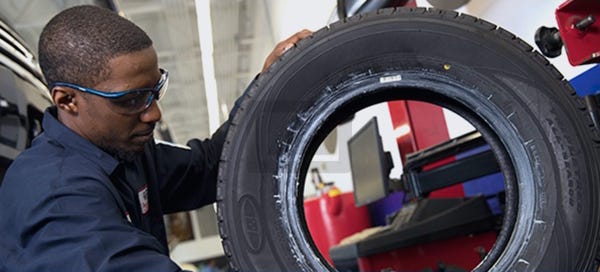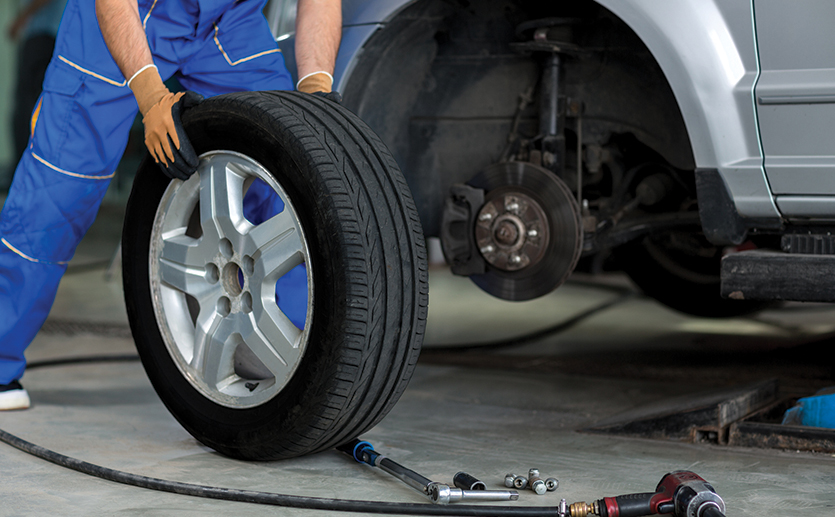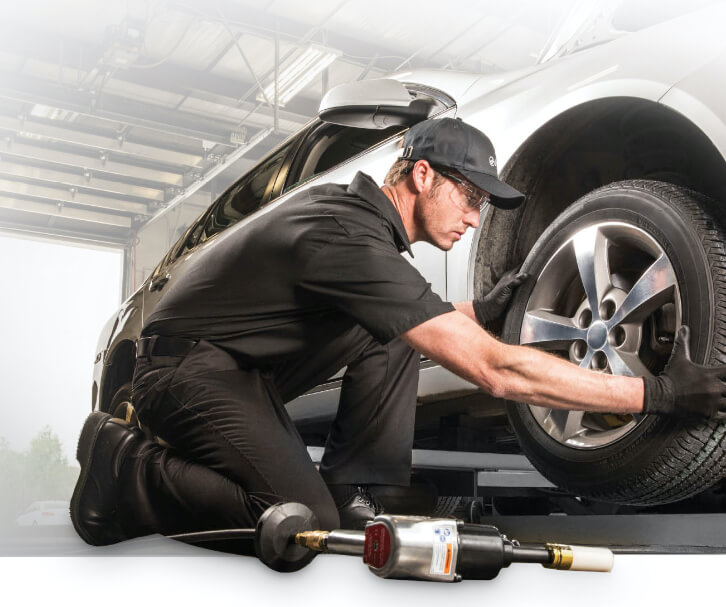Experience Precision with GMC Tire Service at Morris Tires
Wiki Article
Tire Service: The Impact of Weather Condition Problems
When it comes to ensuring optimum performance and security when traveling, understanding the impact of climate condition on tire service is critical. From scorching warm to icy roads, each weather aspect can significantly influence tire functionality and overall driving experience. By diving into the impacts of differing weather condition conditions on tires, motorists can obtain useful understandings that might enhance their car's performance and durability. In this discussion, we will discover the complex partnership in between weather condition conditions and tire service, losing light on the significance of weather-specific tire maintenance practices and considerations.Warmth and Tire Efficiency
When subjected to high temperatures, tires experience changes in efficiency that can considerably affect vehicle safety and handling. The warm produced from extended driving or hot climate conditions causes the tire rubber to soften, causing minimized walk life and increased wear. As the rubber comes to be softer, the tire's grasp when traveling decreases, affecting stopping distances and general grip. In extreme instances, too much heat can even create tire blowouts, positioning a serious security danger to the vehicle and its passengers.
Cold Climate Effects
Winter conditions can have a considerable effect on tire performance and safety. As temperatures decrease, tire rubber can set, bring about decreased traction on icy or snow-covered roadways. In winter, tires may likewise lose air stress much more rapidly, which can impact dealing with and gas efficiency. Furthermore, cold temperature levels can trigger tire sidewalls to stiffen, raising the danger of damage from splits or other roadway hazards.To mitigate the effects of winter on tires, it is vital to regularly check tire stress and inflate them to the supplier's suggested degrees. Using wintertime or all-season tires designed for chilly weather problems can additionally improve traction and hold on icy or snowy roads. Proper tire upkeep, consisting of routine inspections for wear and damage, comes to be even a lot more critical during cooler months to make sure optimum performance and security.
Rainy Conditions Influence
Tires with damaged treads are extra vulnerable to hydroplaning, where a layer of water constructs up in between the tire and the roadway surface area, leading to loss of traction. To battle this, drivers ought to on a regular basis check their tires for adequate walk depth and think about investing in tires especially created for wet problems.Additionally, rainy climate can additionally lower visibility, making it challenging for motorists to see the road in advance plainly (GMC Tire Service). In such problems, it is important to readjust driving speeds accordingly and preserve a risk-free complying with range to enable abrupt stops. Appropriately filled with air tires can also help in preserving control on damp roadways by supplying far better handling and grasp
Snow and Tire Safety And Security
When driving in snowy problems, having the right tires can make a substantial difference in security and efficiency. Winter season tires are created with official statement special rubber substances and step patterns to provide better traction on snow and ice contrasted to all-season tires.
It is essential to adhere to supplier directions when mounting and making use of tire chains to stop damage to the tires and automobile. By selecting the ideal tires, maintaining appropriate inflation, and taking into consideration extra traction aids like tire chains, drivers can enhance their safety when navigating snow-covered roadways.
Weather-Related Tire Upkeep
Weather-related tire maintenance encompasses a range of techniques aimed at making certain optimal tire feature and long life in different weather condition situations. One key element of weather-related tire maintenance is tire stress policy. Examining tire tread routinely visit the website and changing tires when tread wear gets to a particular depth is important for keeping traction and security in damaging climate.
Conclusion
In final thought, climate problems have a significant influence on tire performance and security. From heat influencing tire stress and put on to cool weather condition decreasing traction, it is important to think about the climate when keeping and using tires.In this discussion, we will certainly explore the intricate partnership between weather problems and tire solution, dropping light on the significance of weather-specific tire maintenance methods and factors to consider.

Report this wiki page